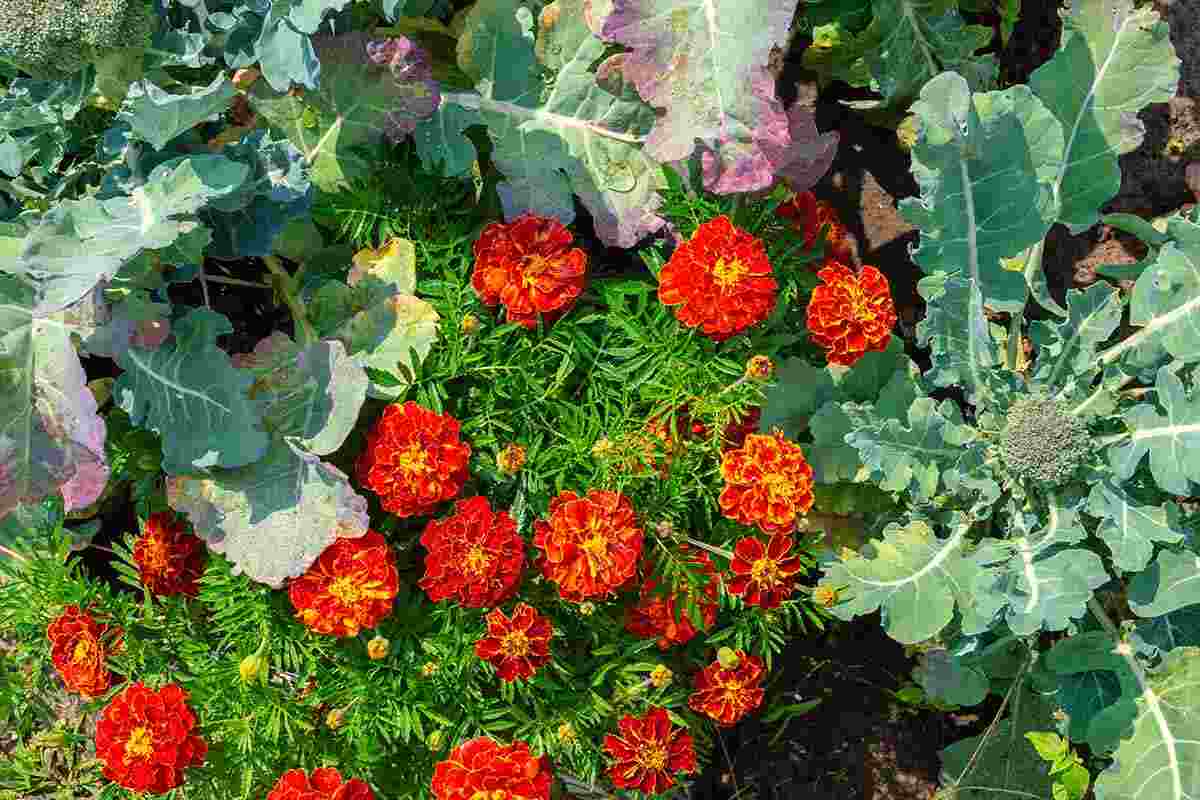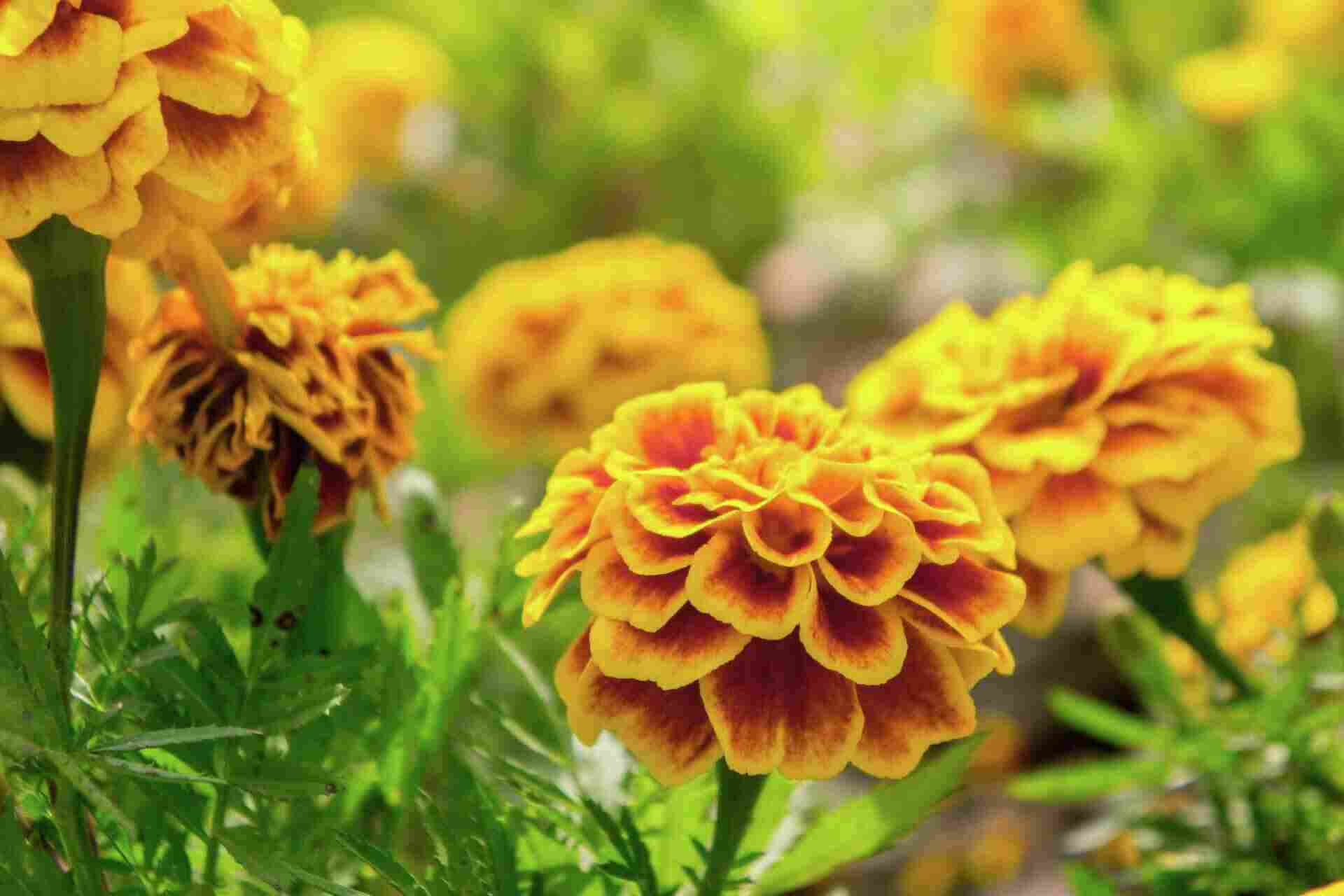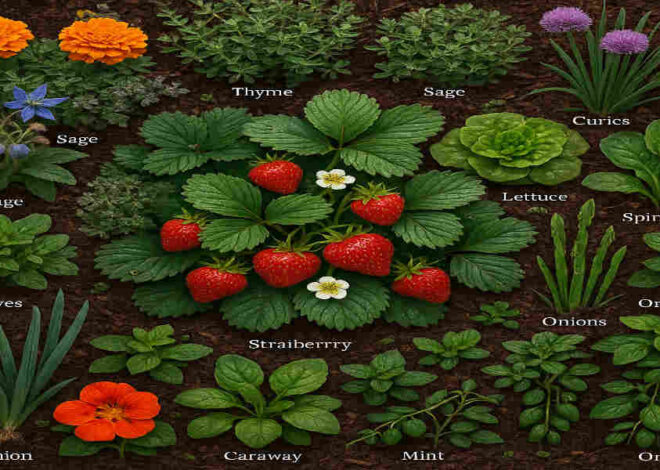
What are the best companion plants for marigolds
Marigolds are a staple in many gardens due to their vibrant colors and ease of growing. They are often celebrated not only for their beauty but also for their utility in the garden. A common question among gardeners is: Are marigolds perennials?
Understanding Marigolds—Annual or Perennial?

What Are Marigolds?
Marigolds are part of the sunflower family and belong to the Tagetes genus. They are known for their rich hues of orange, yellow, and red and distinctive fragrance that pervades many gardens. These flowers are popular not only for their appearance but also for their hardiness and growth habits.
Are Marigolds Perennials?
“annual” and “perennial” define how long a plant lives. Annual plants, including most marigolds like the French and African varieties, complete their life cycle in one year. However, some species, such as the Mexican marigold and Mexican mint marigold, are perennials in warmer climates, thriving year after year.
Here’s a quick comparison of marigold types:
| Marigold Type | Annual/Perennial | USDA Zones | Notable Features |
|---|---|---|---|
| French Marigold | Annual | 2–11 | Compact, vibrant, easy to grow |
| African Marigold | Annual | 2–11 | Tall, large blooms |
| Mexican Marigold | Perennial | 8–11 | Shrubby, strong scented |
| Mexican Mint Marigold | Perennial | 8–10 | Anise scent, culinary uses |
Why the Confusion?
The confusion about whether marigolds are perennials often arises from their self-seeding ability, which can make annual varieties appear to return each year. Climate and gardening practices significantly influence the longevity and return of these plants in gardens.
Benefits of Growing Marigolds in the Garden
Pest Repellent Properties
Marigolds are famous for their ability to repel pests. They produce chemicals that deter nematodes and aphids, making them invaluable in organic pest management strategies.
Attracting Pollinators
Besides pest control, marigolds are excellent at attracting pollinators like bees and butterflies, thanks to their bright colors and nectar.
Soil Health and Disease Suppression
The marigolds’ roots exude substances that can suppress soil-borne pathogens, thus improving soil health and reducing the incidence of diseases among neighboring plants.
Aesthetic and Functional Value
Marigolds add a spectacular splash of color to gardens and, due to their compact growth and vibrant colors, also function well as border plants.
The Science of Companion Planting
What Is Companion Planting?
Companion planting involves strategically placing plants together to enhance growth, reduce pests, and achieve other benefits. This practice is rooted in agricultural tradition and science.
Why Marigolds Are Ideal Companion Plants
Marigolds are versatile and resilient, making them ideal for companion planting. They repel pests and improve the overall health and productivity of the plant community.
Best Companion Plants for Marigolds
Vegetables That Thrive with Marigolds
- Tomatoes: Benefit from pest control.
- Peppers: Experience fewer aphids and problems with nematodes.
- Beans: Enjoy mutual benefits in soil health.
- Cucumbers and Squash: Reduced beetle and bug infestations.
Herbs That Pair Well with Marigolds
- Basil and Mint: Enhanced aromatic pest deterrents.
- Dill and Cilantro: Attract beneficial insects, improving pollination and pest control.
Flowers and Ornamentals
- Nasturtiums and Petunias: Provide additional pest management.
- Sunflowers: Add visual appeal and attract more pollinators.
Fruit Crops
- Strawberries and Melons: Benefit from reduced pest pressures, leading to improved yields.
Plants to Avoid Planting with Marigolds
- Certain Beans Can inhibit growth in some cases.
- Brassicas: May compete for nutrients, impacting growth.
How to Plant Marigolds with Companions
Planning Your Garden Layout
Consider plant spacing and arrangement to maximize sunlight and airflow, which are crucial for plant health.
Planting Techniques
Choose between starting marigolds from seed or using transplants, and employ interplanting strategies to maximize the benefits of companion planting.
Seasonal Considerations
Timing is crucial; plan the planting of marigolds and their companions according to the seasons and the specific needs of annual and perennial varieties.
Care and Maintenance for Marigolds and Their Companions
Watering and Soil Needs
Marigolds and their companions have specific soil and watering needs that must be met for optimal growth.
Fertilizing
Understand the nutritional needs and provide appropriate fertilizers to support the health of marigolds and their companion plants.
Pest and Disease Management
Utilize integrated pest management strategies involving marigolds to control pest populations naturally.
Deadheading and Seed Collection
Encourage the reseeding of annual marigolds and collect seeds for the next planting season to ensure a continuous display.
Conclusion
To sum up, whether marigolds are perennials depends on the species and your climate. These flowers benefit gardens, mainly when used as companion plants. Experiment with marigolds to see how they can enhance your gardening experience.
You may also read (best fertilizer for tomatoes top organic and balanced options for a bountiful harvest)


